Discover how simple daily stretching can enhance recovery, prevent injury, and boost overall well-being—no experience required.
Flexibility is often overlooked in fitness routines, yet it plays a crucial role in how your body moves, recovers, and performs. It’s not just about touching your toes—it’s about maintaining joint health, reducing muscle tension, and improving posture. For beginners, building flexibility can lead to better athletic performance, fewer injuries, and faster recovery after workouts.
When muscles are tight, they restrict movement and increase the risk of strains. Flexible muscles, on the other hand, move more efficiently and absorb stress better. This is especially important as we age or spend long hours sitting, which naturally shortens hip flexors and tightens the back and shoulders.

Starting a flexibility routine doesn’t require equipment or a yoga mat—just a few minutes a day. Focus on major muscle groups: hamstrings, hips, shoulders, and lower back. Here are three beginner-friendly stretches to incorporate daily:
Perform each stretch 2–3 times daily, especially after a warm shower or light activity when muscles are warm. Avoid bouncing—stretching should feel like a gentle pull, not pain.
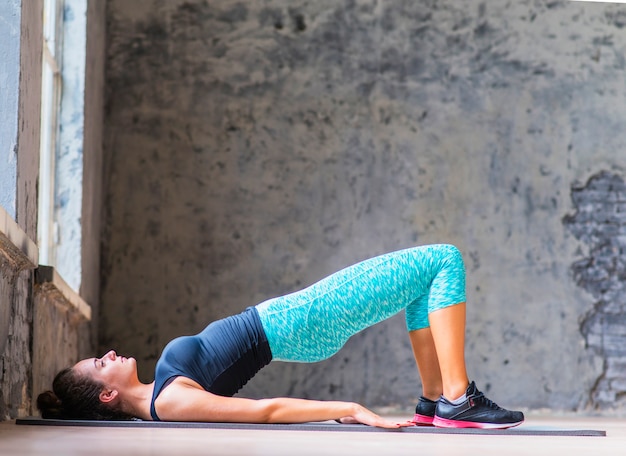
Consistency is key, and tracking helps you stay motivated. Use these simple methods to monitor improvement:
Use a notebook or a habit-tracking app to log daily stretches and observations. Seeing progress—even minor—builds confidence and keeps you committed.
Stretching increases blood flow to muscles, delivering oxygen and nutrients that support tissue repair. After intense workouts, gentle stretching helps reduce soreness and clears metabolic waste like lactic acid.
Incorporate dynamic stretches (movement-based) before exercise and static stretches (held positions) after. This combo prepares your body for activity and aids in post-workout recovery. Even 5–10 minutes of stretching post-exercise can make a noticeable difference in how you feel the next day.
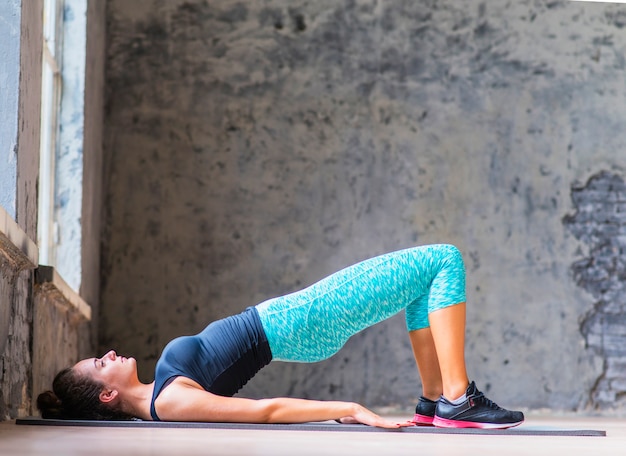
Motivation fades, but habits last. Use these cues to build a lasting routine:
Mindset matters. Instead of aiming for perfection, focus on consistency. Flexibility is a journey—not a destination. Over time, your body will respond with greater ease of movement and resilience.
Beginners often make these errors:
Flexibility is one of the most accessible and rewarding aspects of fitness. With just a few minutes a day, you can improve mobility, speed up recovery, and feel better in your body. Begin with one stretch, track your progress, and let consistency do the rest.
Your journey to a more flexible, resilient body starts now—one breath, one stretch at a time.

Fitness

Fitness

Fitness

Fitness
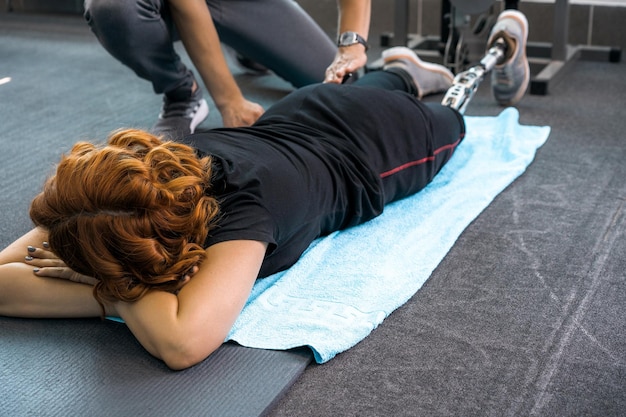
Fitness

Fitness

Fitness

Fitness
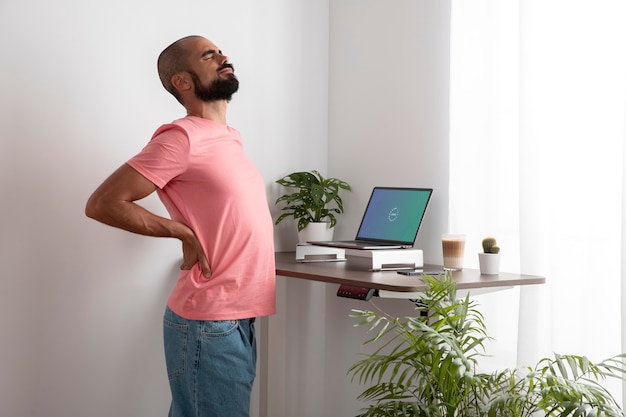
Health
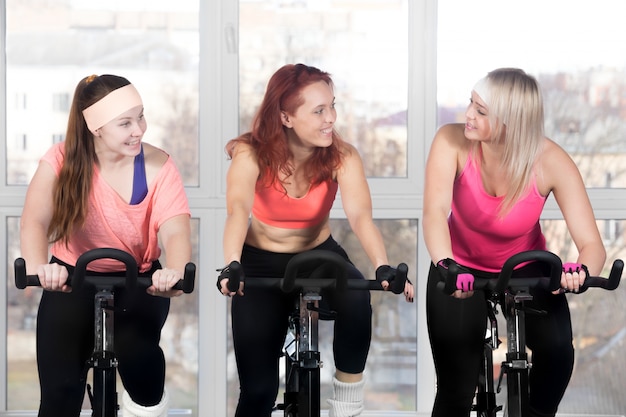
Fitness
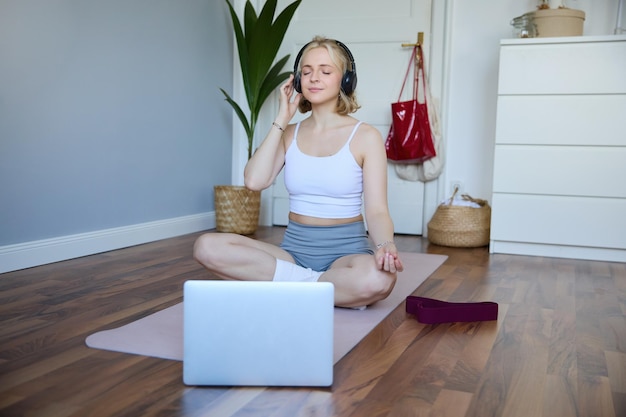
Fitness
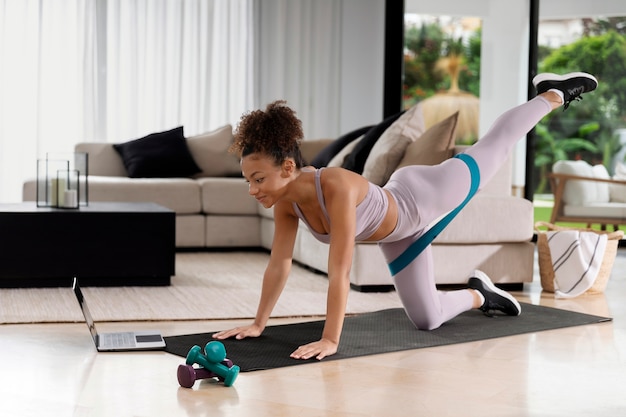
Fitness

Health

Fitness

Health

Health